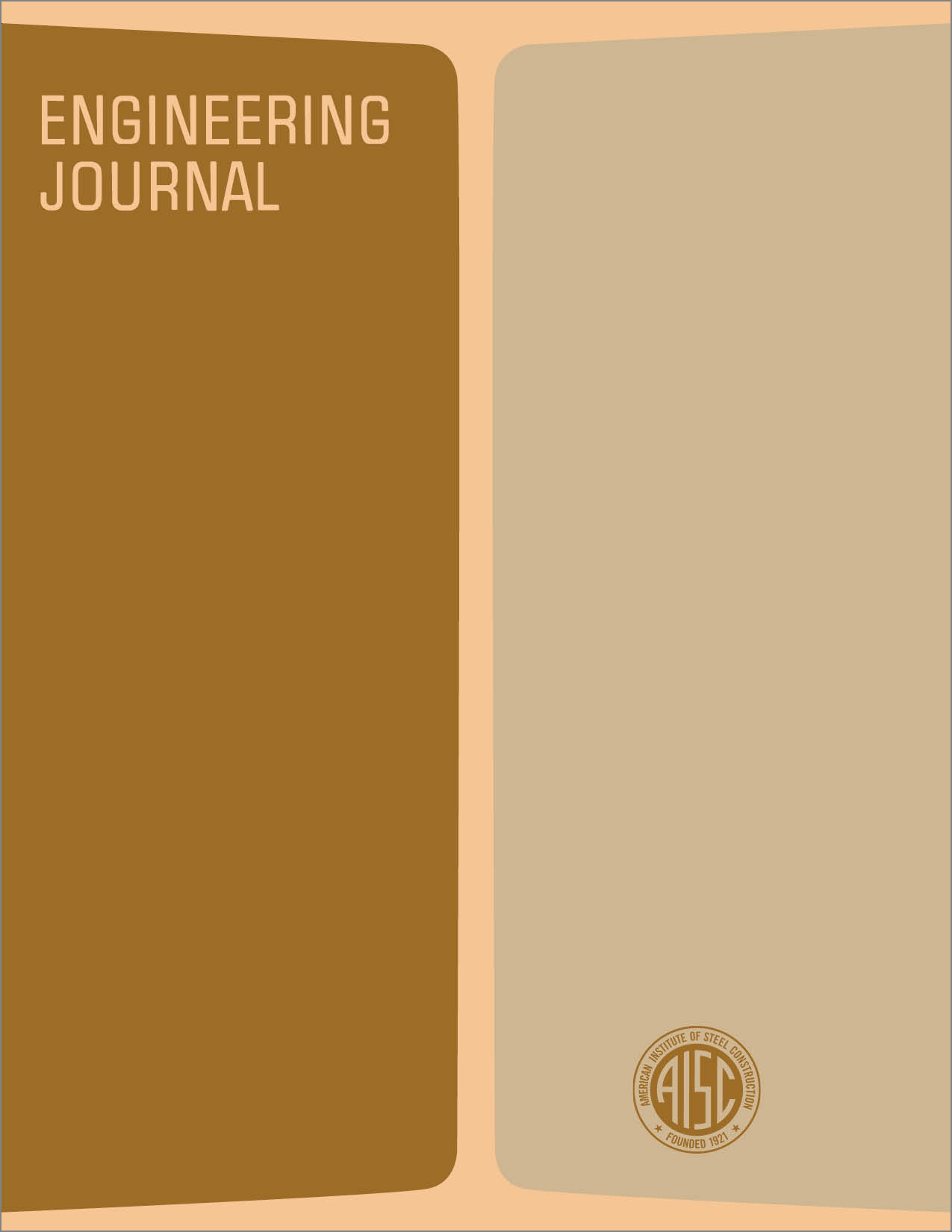Calculation of Wind Drift in Staggered-Truss Buildings
DOI:
https://doi.org/10.62913/engj.v20i1.391Abstract
The important feature of a staggered-truss framing system is the story-high steel trusses that span the full width of the building. These trusses are used in a staggered arrangement, so that they occur at every other column row on each story. The floors, typically precast prestressed concrete, span from the bottom chord of one truss to the top chord of the adjacent truss, so that the span of the floor system is half the truss spacing. As the height of steel-framed staggered-truss buildings is extended beyond 20 stories, the need for calculating wind deflection (drift) becomes more important. However, because the staggered-truss system differs from conventional framing systems, the appropriate method for calculating drift may not have been apparent. Consequently, a method was developed for calculating drift in staggered-truss buildings and, through finiteelement computer analysis, the accuracy of the method was verified. Specifically, a NASTRAN model was made for the building described in this paper, and a complete analysis was made to calculate the deflections on each floor. The result showed that the difference in results between the handwork calculations and the NASTRAN analysis was generally less than 1.5%. A design example is presented to illustrate the hand-calculating method.

